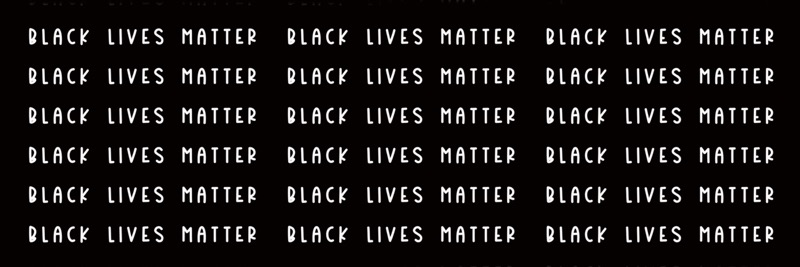
At IRETA, we often begin with the premise that “the system produces the results it is designed to produce.” Therefore, if clients regularly drop out of your treatment program—or if your emergency department sees the same patients with substance use disorders again and again—it’s time to take a hard look at your system and how it’s “working.” Because it is working; the question is whether you like the results.
Here are some of the results we—and much of the nation—are deeply troubled by:
George Floyd (1974 – 2020)
Breonna Taylor (1993 – 2020)
Antwon Rose II (2000 – 2018)
Philando Castile (1983-2016)
Freddie Gray (1989-2015)
They are a few of about 5,000 black Americans who have been killed by law enforcement officers in the last five years.
What do we know about the system that produced these results? The War on Drugs has played a major role, on many levels.
The War on Drugs has taken a common behavior—drug use—and turned it into criminal behavior. And not for everyone. The prevailing attitude in our country, when it comes to drug use, is “Whites will be whites.” A very different standard is applied to black Americans, who are arrested more frequently and sentenced more harshly.
A 2013 American Public Health Association (APHA) policy describes these disparities clearly:
Blacks make up 13% of the US population and are consistently documented by the US government to use drugs at rates similar to those among people of other races. However, Blacks account for nearly one-third of drug arrests and roughly 45% of those incarcerated in state and federal prisons for drug law violations.
The fallout from this discriminatory application of drug laws is profound. Consider the impact of even a single drug conviction, as described in the APHA statement:
Even if a person does not face jail or prison time, a drug conviction record—particularly a felony—often imposes a lifelong ban on many aspects of social, economic, and political life. Such exclusions create a permanent second-class status for millions of people and, as with drug war enforcement itself, fall disproportionately on people of color.
Not only does this disproportionate involvement in the criminal justice system perpetuate a dizzying array of disadvantages at the individual- and community-levels, but it also strengthens the imagined connection between blackness and criminality. Anyone living in American culture—including law enforcement officers—inherits racial bias that has been deepened by the War on Drugs.
In 2013, the APHA took a stand against the War on Drugs, which is really a war on people, which is really a war on black and brown people. Today, millions of Americans are taking a stand against police brutality.
These issues are connected. It is time to point to these injustices—and keep our fingers there.
Recommended Resource
The New Jim Crow: Mass Incarceration in the Age of Colorblindness (2010)





